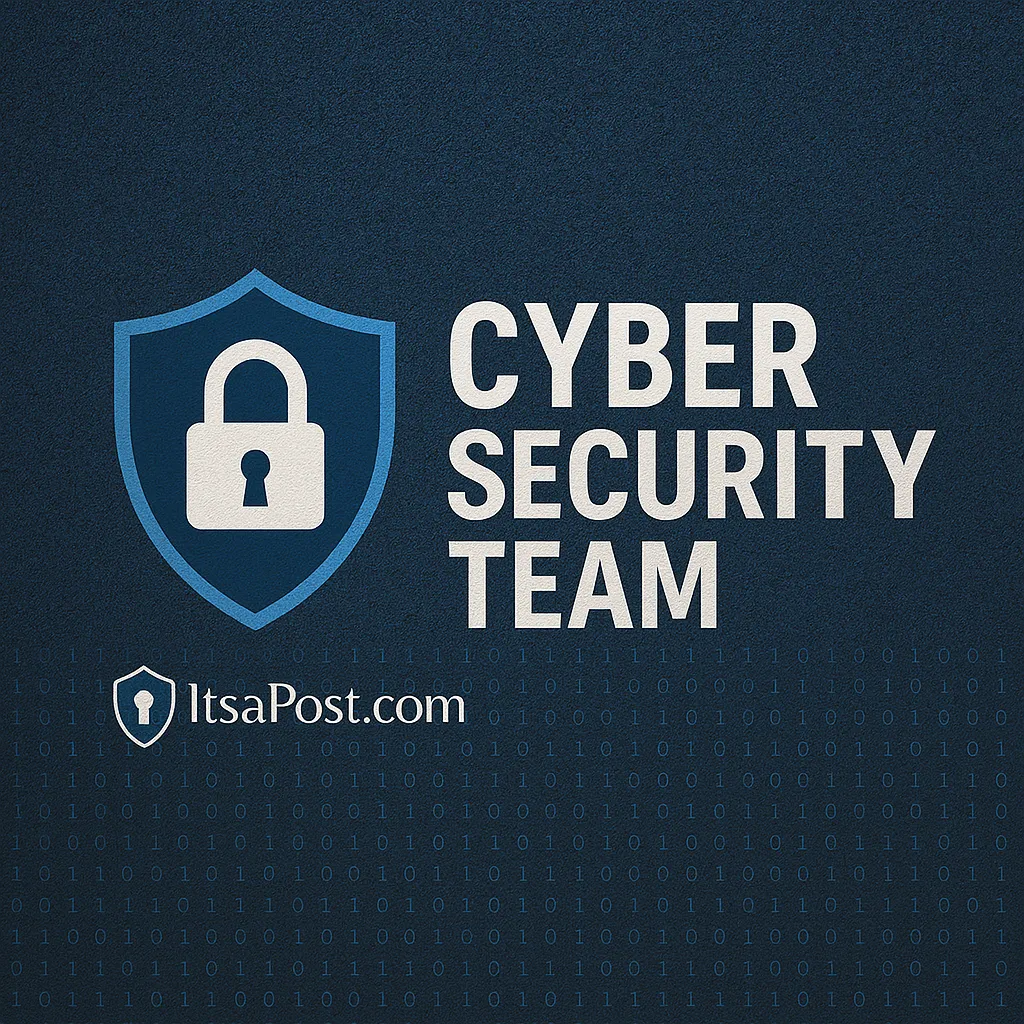Preparing for the Quantum Age: Quantum Computing and Cybersecurity
As we edge closer to the reality of quantum computing, the implications for cybersecurity are both exciting and daunting. The potential of quantum computers to solve complex problems far faster than current technology can manage is a double-edged sword, promising both groundbreaking advancements and significant threats, particularly to current encryption standards.
Understanding Quantum Computing
Quantum computing harnesses the principles of quantum mechanics to process information. Traditional computers use binary bits as the smallest unit of data, which are either 0s or 1s. Quantum computers, on the other hand, use quantum bits, or qubits, which can exist in multiple states simultaneously, thanks to superposition and entanglement. This allows them to perform many calculations at once, dramatically increasing their processing power.
The Threat to Encryption
Current encryption methods, such as RSA and ECC, are secure because they rely on the difficulty of factoring large prime numbers or solving other hard mathematical problems. A sufficiently powerful quantum computer, however, could solve these problems much more quickly than today's computers, potentially rendering many of our current encryption methods useless. This scenario, often referred to as Q-Day, is a significant concern for cybersecurity experts. (WIRED)
Post-Quantum Cryptography
Anticipating the advent of quantum computing, researchers and organizations are developing cryptographic systems that are resistant to both quantum and classical computers. This field, known as post-quantum cryptography (PQC), involves algorithms that can be implemented with today's technology but are secure against the potential future threats posed by quantum computers. (MITRE-Quantum)
Regulatory and Strategic Responses
In response to these developments, regulations such as the Digital Operational Resilience Act (DORA) are being formulated to ensure that information and communication technology systems are resilient against various threats, including those from quantum computers. (IBM) Key elements of such regulations include ICT risk management, incident reporting, and operational resilience testing tailored to the quantum threat landscape.
Implementing Quantum-Safe Strategies
It is crucial for organizations to start preparing now by adopting quantum-safe cryptography and exploring new security paradigms. This transition requires not only technological updates but also a strategic approach to reevaluate and redesign security policies and practices to anticipate quantum computing threats.
Moving forward, the integration of quantum-safe practices in cybersecurity strategies will be vital. Organizations should begin auditing their current cryptographic uses, identify areas of vulnerability, start pilot projects to implement PQC solutions, and stay informed on the latest developments in quantum computing and cybersecurity.
Conclusion
The arrival of quantum computing will usher in a new era of technological capability, along with novel cybersecurity challenges. By understanding these risks and beginning to integrate quantum-safe measures into cybersecurity protocols, businesses and governments can mitigate the threats and harness the power of quantum computing safely and effectively.

